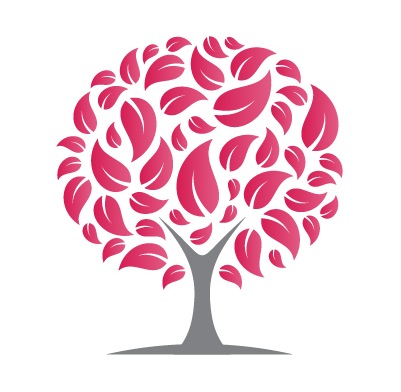Personal, Social and Emotional Development
Children’s personal, social emotional development is the foundation for all their future learning. Developing strong attachments, expressing themselves, making friends and having the confidence to try new things are key life skills.
Expressing feelings
Acting out emotions can help children consider other people’s feelings and perspectives.
Using your Ipad or phone take some ‘selfies’ of each other making different faces, happy, sad, angry, etc.
Look through them with your child and ask them to identify how they were feeling in each picture.
Talk about what makes you both feel sad or happy or angry.
Talk about how they could make themselves feel better.
Tell them how you make yourself feel better.
Get to know yourself
Being able to identify your own body develops a strong sense of self. This is important so that children feel confident in themselves.
Let your child lie down flat on a large piece of paper on the floor, use the back of an old roll of wallpaper, and put on some relaxing music.
Trace around the outline of your child’s body with a pencil and comment on what you are doing, e.g. ‘I’m drawing your arms now, and now your shoulders…’.
When your child gets up, look at the drawing together and ask them to fill in the smaller features i.e their eyes and nose and describe them as you do it.
If lying down for a longer period of time is tricky for your child you can start with just drawing around their hands or feet to start with and fill in the details on these.
Turn Taking
Taking turns and sharing is an important part of growing and developing. Being able to wait your turn and allow others to take part in an activity form the basis of good social interactions.
Gather together some small items from around the house.
Divide them into two or more piles, depending on the number of people in your group.
Ask the children to take turns in sharing the items out into small containers or piles saying ‘one for you and one for me’ as they do it.
The aim is for each person to have an equal number of items each.
Family Tree or ‘My Family Book’
It is important that children have a ‘sense of place’ within their family.
Try putting a simple family tree together – include mum, dad, grandparents, aunts, uncles and cousins.
See how many members of the family your child can tell you about
Printable versions of these activities are available to download here
